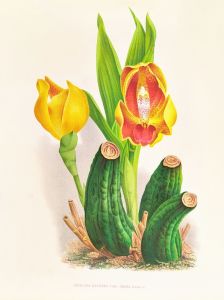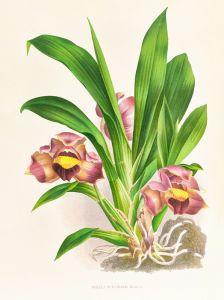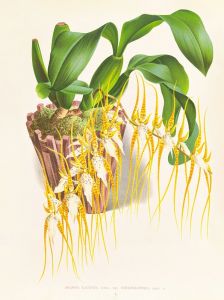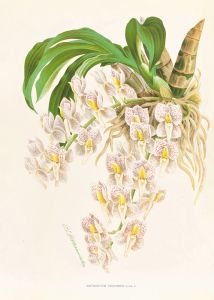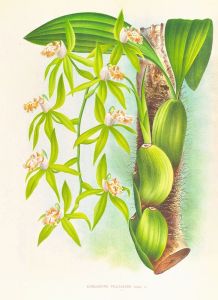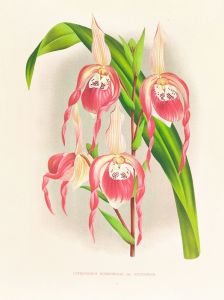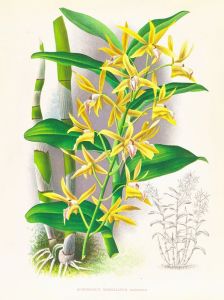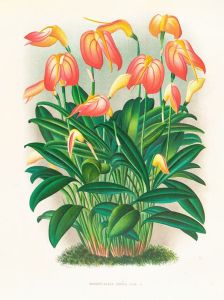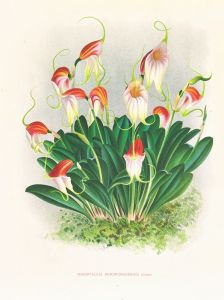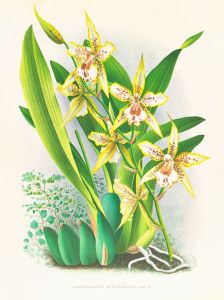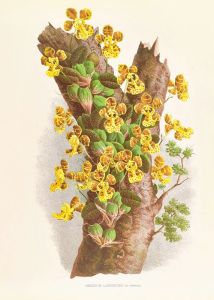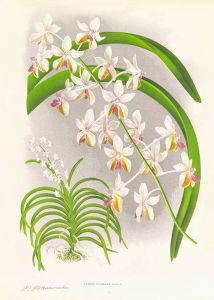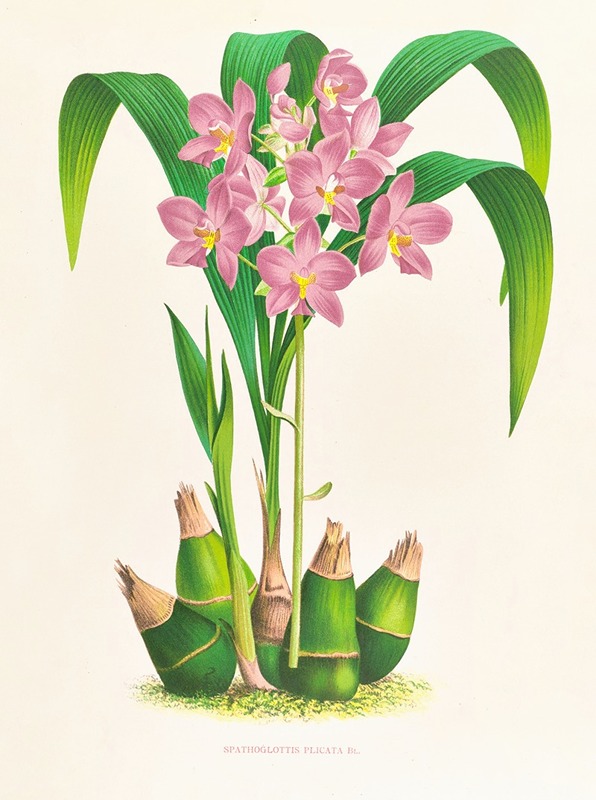
Spathoglottis plicata
A hand-painted replica of Jean Jules Linden’s masterpiece Spathoglottis plicata, meticulously crafted by professional artists to capture the true essence of the original. Each piece is created with museum-quality canvas and rare mineral pigments, carefully painted by experienced artists with delicate brushstrokes and rich, layered colors to perfectly recreate the texture of the original artwork. Unlike machine-printed reproductions, this hand-painted version brings the painting to life, infused with the artist’s emotions and skill in every stroke. Whether for personal collection or home decoration, it instantly elevates the artistic atmosphere of any space.
Jean Jules Linden was a renowned Belgian botanist, horticulturist, and explorer, known for his extensive work with orchids. One of his notable contributions to botanical art is the illustration of Spathoglottis plicata, a species of orchid commonly known as the Philippine Ground Orchid or Large Purple Orchid. This species is native to Southeast Asia, including the Philippines, Indonesia, and Malaysia, and is also found in the Pacific Islands.
Linden's illustration of Spathoglottis plicata is celebrated for its scientific accuracy and artistic beauty. His work was part of a larger effort during the 19th century to document and classify the vast diversity of plant species being discovered around the world. Linden's illustrations were often published in botanical journals and books, serving both as scientific records and as works of art.
Spathoglottis plicata is a terrestrial orchid, meaning it grows in the ground rather than on trees like many other orchids. It is known for its striking purple flowers, which can bloom throughout the year under the right conditions. The plant has pleated leaves, which is reflected in its species name "plicata," derived from the Latin word for "folded."
Linden's depiction of Spathoglottis plicata would have been created using the techniques of botanical illustration that were standard at the time. This involved careful observation and detailed drawing, often with the aid of a microscope, to capture the intricate details of the plant's structure. The illustrations were typically hand-colored, adding to their visual appeal and making them valuable both scientifically and aesthetically.
Jean Jules Linden's work, including his illustration of Spathoglottis plicata, played a significant role in the study and appreciation of orchids. His contributions helped to popularize orchids in Europe, where they became highly sought after by collectors and horticulturists. Linden's legacy continues to be recognized in the fields of botany and horticulture, and his illustrations remain important references for scientists and enthusiasts alike.
In summary, Jean Jules Linden's illustration of Spathoglottis plicata is a fine example of 19th-century botanical art, combining scientific precision with artistic skill. It reflects the broader efforts of the time to document and understand the natural world, and it continues to be appreciated for its beauty and historical significance.





